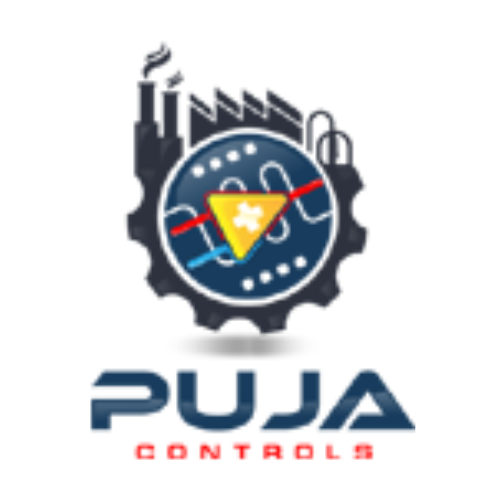In the ever-evolving landscape of pharmaceuticals, the need for advanced technologies to streamline processes and enhance efficiency has become paramount. One such technology that is revolutionizing the industry is LabVIEW software. LabVIEW, developed by National Instruments, is not just a programming language; it’s a powerful tool that integrates seamlessly with various technologies to drive innovation in pharmaceutical automation.
LabVIEW and the Integration of Emerging Technologies for Pharmaceutical Automation
As we look to the future of pharmaceutical automation, the integration of cutting-edge technologies such as machine learning, artificial intelligence (AI), and the Internet of Things (IoT) is inevitable. LabVIEW stands at the forefront of this transformative journey. Its adaptability and compatibility with emerging trends make it an ideal choice for pharmaceutical companies aiming to stay ahead in the technological curve.
1) Machine Learning and LabVIEW: A Synergistic Approach:
Machine learning, with its ability to analyze vast datasets and derive actionable insights, is reshaping pharmaceutical processes. LabVIEW facilitates the integration of machine learning algorithms seamlessly. This integration enables pharmaceutical companies to harness the power of data, leading to predictive analytics that can optimize production processes and enhance product quality.
The incorporation of LabVIEW in pharmaceutical automation allows for the implementation of Robotic Process Automation (RPA). This not only reduces human errors but also enhances operational efficiency by automating routine tasks. The benefits of RPA are manifold, from improved accuracy to increased productivity, making it a key component in the pharmaceutical industry’s pursuit of excellence.
2) AI and LabVIEW: Enhancing Decision-Making Capabilities:
Artificial intelligence is another game-changer in the pharmaceutical sector, especially in areas like drug discovery and development. LabVIEW facilitates the integration of AI algorithms, empowering pharmaceutical professionals to make informed decisions based on real-time data analysis. This not only expedites the drug development process but also ensures a more precise and targeted approach.
LabVIEW’s compatibility with Programmable Logic Controllers (PLCs) is instrumental in revolutionizing factory automation. PLC control panels, coupled with LabVIEW, provide a robust and scalable solution for pharmaceutical manufacturing. This integration ensures seamless communication between various components, enhancing the overall efficiency and reliability of the automation process.
3) IoT Integration and LabVIEW: Connecting the Dots for Smart Pharmaceuticals:
The Internet of Things (IoT) has permeated every aspect of modern industries, and pharmaceuticals are no exception. LabVIEW’s ability to integrate with IoT devices allows for real-time monitoring and control of pharmaceutical processes. This connectivity ensures that any deviations or anomalies are immediately addressed, preventing potential issues before they escalate.
The optimization of Electric Vehicle (EV) battery performance is a prime example of how LabVIEW’s versatility extends beyond pharmaceuticals. The same principles of connectivity, real-time monitoring, and data-driven decision-making are applied, ensuring the efficient operation of EV batteries.
Conclusion:
LabVIEW software is not merely a programming tool; it is a catalyst for innovation in the pharmaceutical industry. Its seamless integration with emerging technologies such as machine learning, artificial intelligence, and IoT is shaping the future of pharmaceutical automation. As pharmaceutical companies continue to strive for efficiency and excellence, LabVIEW stands as a beacon guiding them toward a technologically advanced and interconnected future.
In addition to its pivotal role in streamlining pharmaceutical processes, LabVIEW software offers unparalleled scalability and adaptability. Its modular architecture allows for seamless customization to suit the unique needs of pharmaceutical companies, whether they are large-scale manufacturers or research laboratories. LabVIEW’s user-friendly interface empowers users to design, deploy, and iterate automation solutions rapidly, reducing time-to-market for new drugs and treatments. Furthermore, LabVIEW’s robust support ecosystem, including extensive documentation, training resources, and community forums, ensures that pharmaceutical professionals can leverage the full potential of the software to drive innovation and efficiency in their operations.

